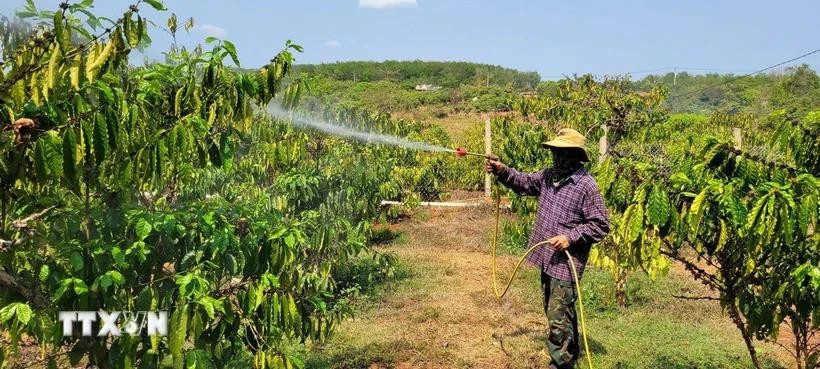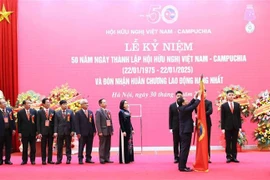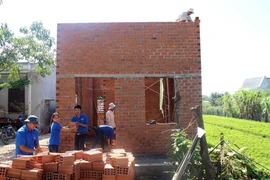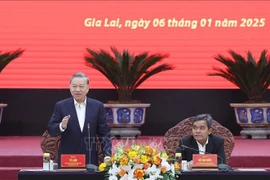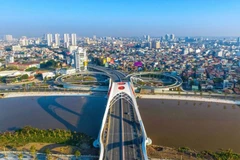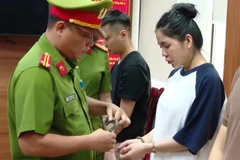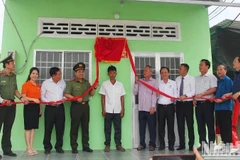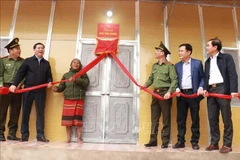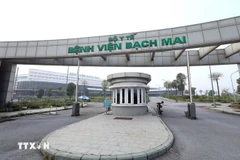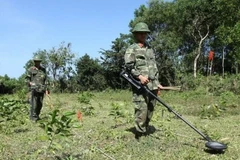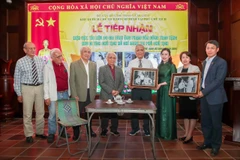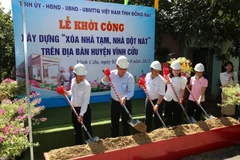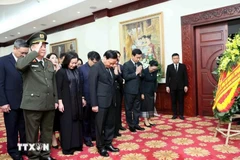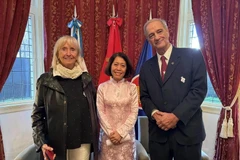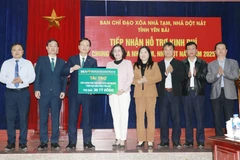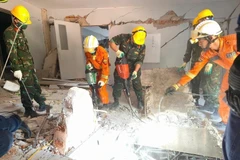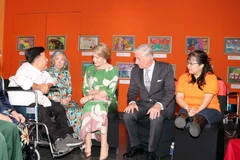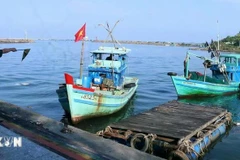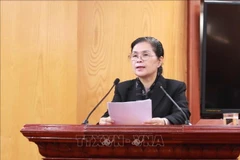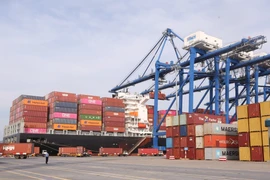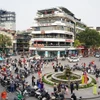Gia Lai (VNA) – In the borderlands of the Central Highlands province of Gia Lai, what began as makeshift refugee settlements for Cambodians escaping the genocidal Khmer Rouge regime has evolved into a profound emblem of the Vietnam – Cambodia solidarity over the past nearly five decades.
As the brutal Pol Pot regime forced thousands of Cambodians to flee their homeland, villages along the Vietnam – Cambodia borderline such as Kloong in Ia O commune of Ia Grai district, and Triel in Ia Pnon commune of Duc Co district became the shelters of hope.
Recalling the horrors of that time, Ro Cham Hloac, an elder in Kloong village, said that Pol Pot was merciless, killing civilians, stealing crops and livestock, and even planting landmines to harm those coming to retrieve their relatives' bodies.
Fortunately, he and 35 other families found salvation by crossing into Vietnam, where military personnel and local citizens provided crucial support, he said, adding he has always reminded younger generations to bear in mind the assistance.
Ro Mah Thuy and his mother’s escape was so challenging that they relied on an elephant to traverse treacherous rivers and forests. Despite losing everything, they found compassion and opportunity in their new home. Thuy now owns seven hectares of cashew plantations, over 2,100 square metres of coffee, and 1,400 square metres of rice, helping him generate stable income to raise his children.
These once-desperate refugee settlements have been transformed, with concrete roads now replacing muddy paths, sturdy houses replacing temporary shelters, and children attending school.
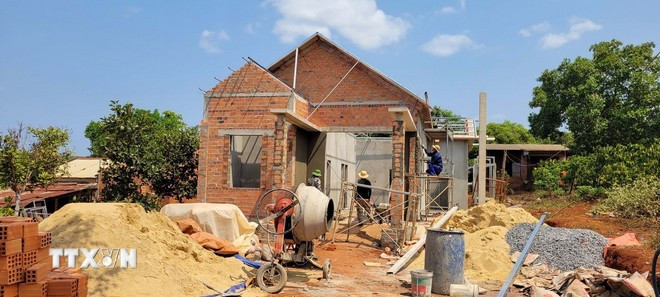
A sturdy house is being constructed at a village in Gia Lai's border region. (Photo: VNA)
Chairman of the Ia O communal People’s Committee Siu Nghiep said many Cambodian refugees have gained Vietnamese citizenship, and the locality has created favourable conditions for them to establish stable lives here as well as provided them with education support and livelihood development.
Sharing his insights on the remarkable transformation of the Cambodian community, Chairman of the Ia Pnon communal People’s Committee Phan Ngoc Tuan said that Triel village is home to 86 households, most of whom were refugees from across the border. Today, 95% of them are working as rubber tappers at the 72 One Member Company Limited under Army Corp 15.
The number of impoverished households decreases each year while the programme to do away with temporary and dilapidated houses has been accelerated, contributing to the commune’s achievement of new-style rural area criteria, he added.
Despite putting down roots in Vietnam, these communities maintain strong connections with their Cambodian heritage. Cross-border family visits and cultural exchanges have been facilitated to help reinforce the bonds between the two nations as well as build a border line of peace, friendship, and development.
The Cambodian villages of Kloong and Triel have become living monuments to the solidarity and friendship between Vietnam and Cambodia. They are the places where human compassion flourishes, nurturing a future of peace and prosperity./.
